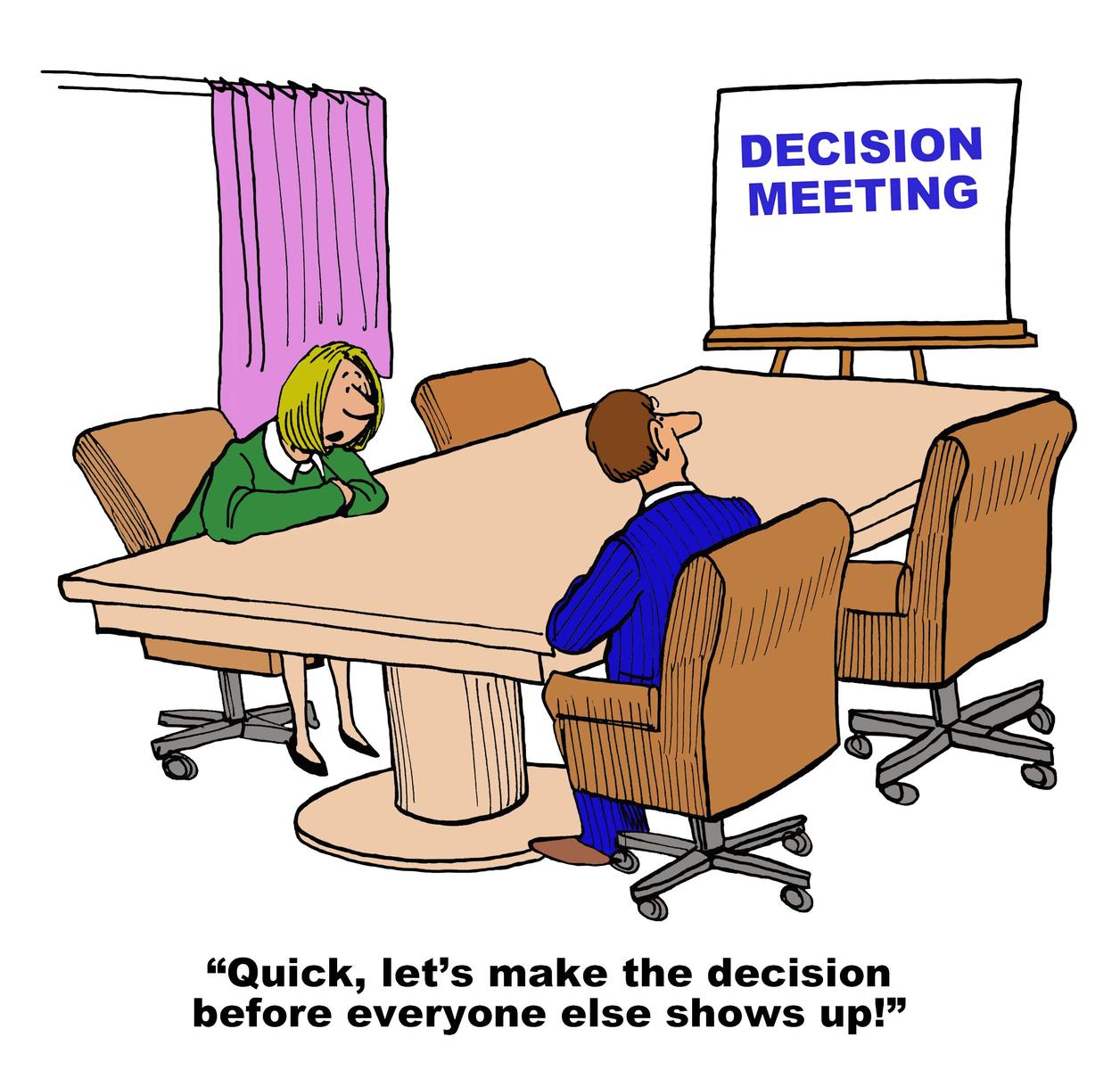Over every decision hovers a measure of uncertainty—for all decisions play out in an uncertain future. Making good choices depends on three elements: the quality of your definition of specific factors that must be satisfied, the quality of your evaluation of available alternatives and finally, the quality of your assessment of the risks associated with those alternatives. Yet too often decisions are made without assessment of the risks associated with a final choice.
Before moving ahead with a decision, it is imperative to consider possible adverse consequences of feasible alternatives. The negative consequences of any action are as tangible as its benefits, sometimes more so. Once a decision has been made and implemented, any of its negative effects will eventually become real problems. The effects of decisions—good or bad—always outlive the decision-making process that produced them.
If exploring potential risks is so important, why do people often fail to do this step? There are several common, understandable reasons.
- If an analysis of alternatives produces an obvious best choice, it may seem like a waste of time to brainstorm for potential risks.
- People may be reluctant to inject a dose of pessimism when everyone else is enthusiastic about the choice that’s been made.
- Too often we are unable or unwilling to apply the lessons of the past to the decisions of today.
It is only once the best choice is identified, with all the data at hand, that we can stretch our imaginations beyond the body of facts that went into a decision, survey it all, and ask: What did we miss? Can we afford the risks involved with this choice? A risk attached to an alternative is not necessarily a totally damning factor, provided that the risk is understood.
Shakespeare aptly wrote: “The evil that men do lives after them, the good is oft interred with their bones.” With that in mind, we must thoroughly explore and evaluate the possible adverse consequences of a decision before it is final. This is the only opportunity we will ever have to deal with such effects at no cost beyond a little intellectual effort. Having recognized and assessed risks, we may be able to avoid them altogether or take steps now that will reduce their effect in the future.
While some decisions involve an array of alternatives, others are binary; yes or no, this or that. There is still value is weighing the risk after carefully deciding not to do something. For example, Blockbuster had over 9,000 video and DVD rental stores worldwide with annual revenue of close to $6 billion when a new start-up—Netflix—offered them $50 million to help launch a DVD-by-mail service. Blockbuster chose not to take the offer. The risk? Missing out on a huge, evolving business model. Blockbuster has disappeared while the market value of Netflix is nearing $200 billion.
The further into the future a proposed action extends, the less certain it can be. It is because of these uncertainties that decision making depends on judgments, evaluations, experience and intuitive feelings. All of these supply the valid data needed to support the correct decision. The inner voice that says, I don’t feel right about this, may be a valuable resource.
We will not lose any sleep over an adverse consequence of low probability and minimal seriousness. But we should be alarmed by an adverse consequence that is both highly probable and very serious. A good decision is one that will work. No decision is so small; no alternative so excellent in comparison to its rivals; no situation so patently fail-safe to warrant ignoring the possibility of adverse consequences before implementing a choice.
About Kepner-Tregoe
We all hope that you are well during this disruptive time in our world’s history. For over 60 years our company, Kepner-Tregoe has had the opportunity to help major organizations navigate successfully through radical change, help solve intractable problems and increase incident and problem-management performance through tools, training and consulting—leading to highly effective teams ready to respond to your company’s most critical issues.









